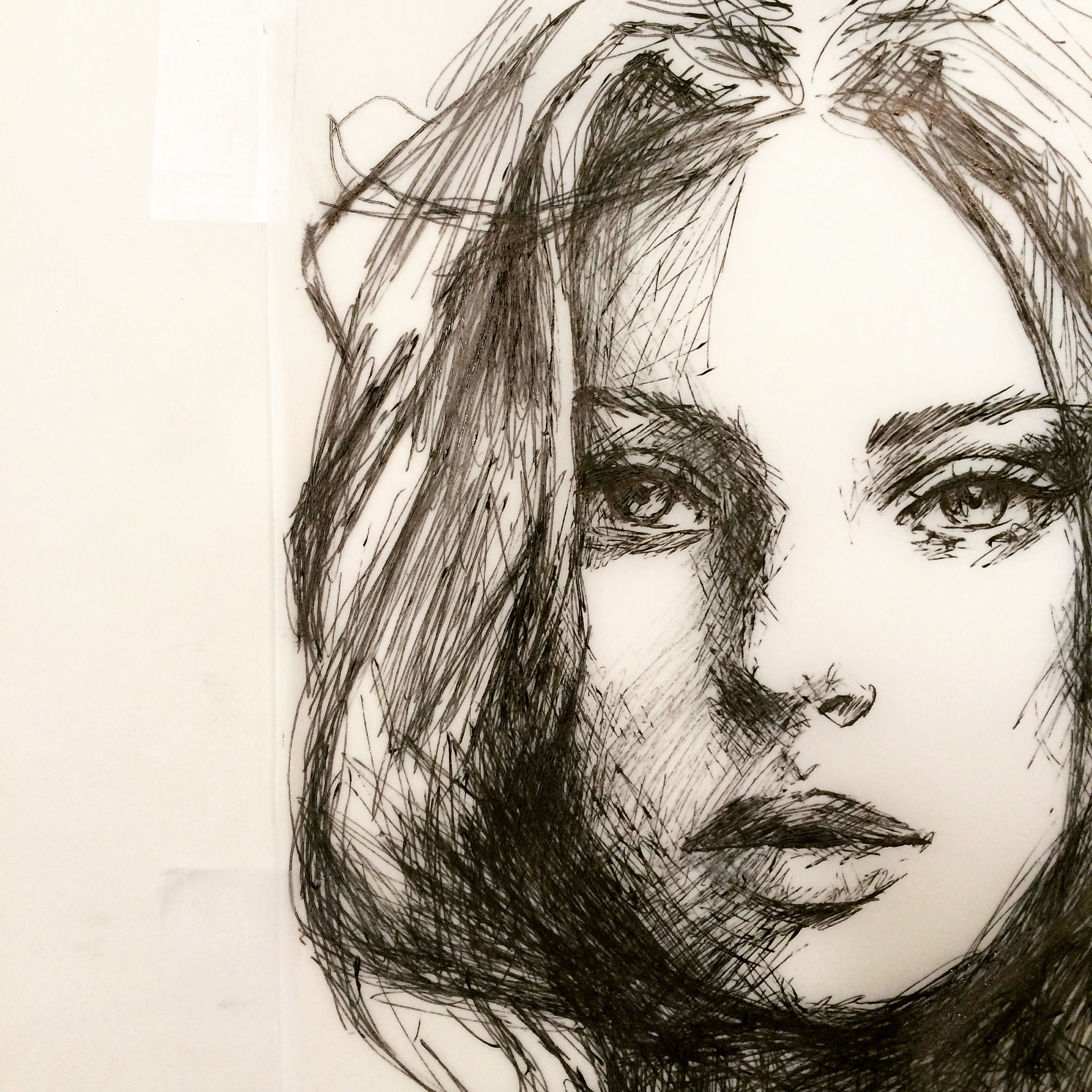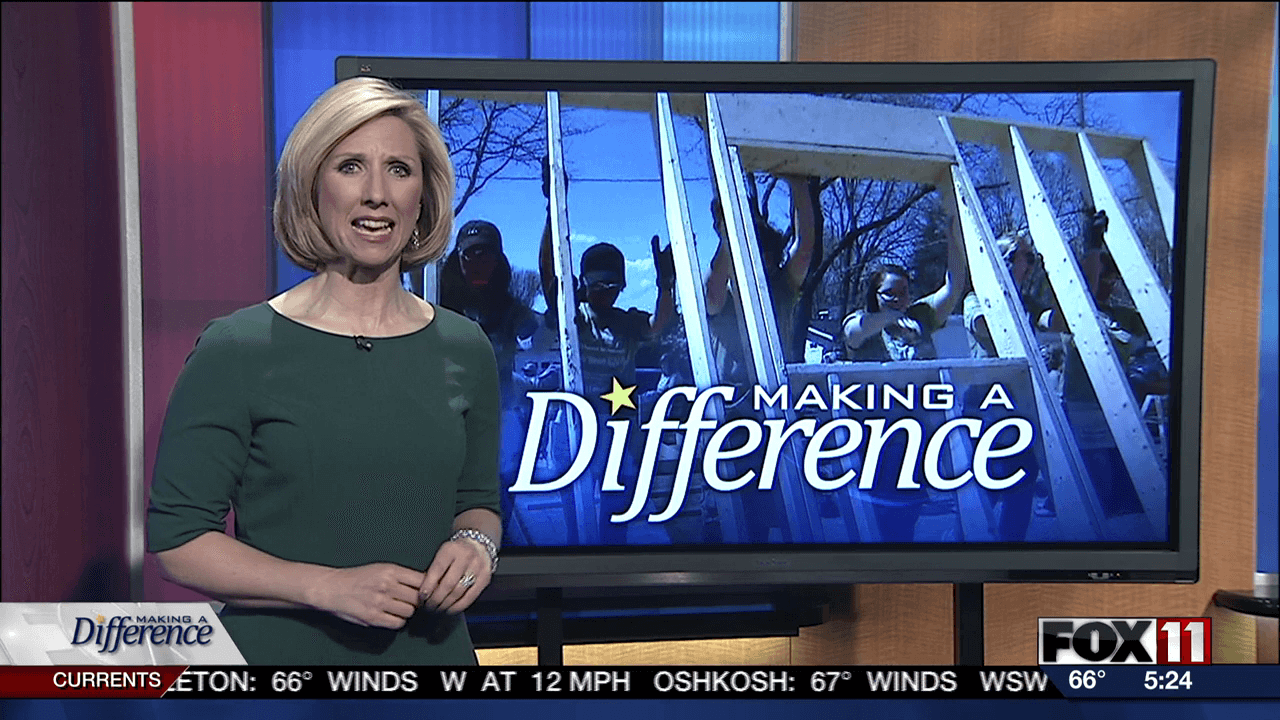Medieval Celebrations: Understanding Tournaments and Feasts in Arthurian Literature
The significance of tournaments in medieval culture
Medieval tournaments represent far more than mere sporting events. They serve as critical social gatherings where knights display their martial prowess, chivalric values, and loyalty to their lords. The excerpt from” sir Gawain and the green knight” capture the essence of these events, describe how” men charge in tournaments again and again, noble knights joust in high spirits. ”
Tournaments evolve from practical military training exercises into elaborate spectacles. Knights participate not merely to hone their combat skills but besides to gain reputation, favor, and sometimes substantial prizes. The tournament field become a stage where social hierarchies were reinforced and where ambitious knights could improve their standing.
Joust: the centerpiece of tournament culture
Jousting stand as perchance the virtually recognizable element of medieval tournaments. Two mount knights, arm with lances, charge toward each other along a dividing barrier call the tilt. The objective was to strike one’s opponent with enough force to unseat him while maintain one’s own position.
The reference to” noble knights joust in high spirits ” n the gaGawainext reveal the competitive nonetheless celebratory nature of these contests. Knights approach joust with serious intent but too with the understanding that these events strengthen bonds among the warrior class. Success in the joust bring prestige, while failure could result in injury, death, or humiliation.
Equipment for joust evolve considerably over the medieval period. Early jousters wear chain mail and simple helms, but by the late medieval period, they don’t specialized plate armor design specifically for tournament use. This armor was oft heavier and more restrictive than battlefield armor, prioritize protection over mobility.
From tournament field to court: the social progression
The excerpt describe a natural progression from martial contests to stately celebration:” so they ride to the court and dance to carols. ” tThistransition highlight the dual nature of medieval life — balance martial skill with stately refinement. After demonstrate prowess on the field, knights were eexpectedto display evenly impressive social graces in the court.
Court dances and carols provide opportunities for knights to interact with noble ladies, demonstrate their cultural sophistication. These activities reinforce formal love traditions, where knights might serve a lady through deeds of arms and adherence to a code of refined behavior. The ability to move seamlessly between tournament field and dance floor mark the unfeigned accomplish knight.
Extended feasting: the fifteen-day celebration
Peradventure nigh striking to modern readers is the duration of medieval celebrations. The text state that” the feast go on like that a full fifteen days, ” timeframe that seem extraordinary by contemporary standards. Extended feasting periods were common for major court celebrations, peculiarly during significant religious holidays or royal occasions.
These protract celebrations serve multiple purposes. They demonstrate the host’s wealth and generosity, essential qualities for medieval nobility. They provide opportunities for political alliance building, marriage negotiations, and conflict resolution. Furthermore, they besides offer rare occasions for widespread socialization in a society where travel was difficult and communities oftentimes isolate.
The logistics of maintain a fifteen-day feast represent a remarkable achievement. Provide food, drink, entertainment, and accommodation for large numbers of nobles and their retinues require extensive planning and resources. Such feasts showcase not scarce the host’s wealth but their organizational capabilities and influence.
The role of tournaments in Arthurian literature
Tournaments feature conspicuously throughout Arthurian literature, serve as key plot devices and settings for character development. In works like” sir gGawainand the green knight, ” ournaments establish the chivalric context and formal atmosphere disrupt by supernatural challenges.
Arthurian tournaments oftentimes function as prove grounds where knights demonstrate their worthiness for inclusion in elite fellowship like the round table. They besides provide settings where antagonists can emerge, conflicts can develop, and characters can reveal their true nature through their conduct both in victory and defeat.
The tournament tradition in Arthurian literature reflect historical practices while idealize and sometimes exaggerate them. Real medieval tournaments grow progressively regulated and less lethal over time, while literary tournaments oftentimes retain dramatic, life or death stakes to heighten narrative tension.
The green knight’s interruption: subverting tournament expectations
The arrival of the green knight in the poem represent a dramatic interruption of the establish tournament and feast pattern. Where conventional tournaments follow predictable rules and formats, the green knight’s challenge subverts expectations, propose a” game ” ith unconventional and disturbing terms.
This literary device highlight how the Arthurian world balances between the order, human realm of tournaments and feasts and the chaotic, supernatural realm that sporadically intrude upon it. The green knight’s challenge transform the celebratory atmosphere into one of tension and uncertainty.
By contrast the regulated violence of tournaments with the mysterious threat pose by the green knight, the poem explores themes of courtly performance versus genuine courage, and the limitations of human social structures when confront with forces beyond normal understanding.

Source: custom writing.org
Seasonal timing of medieval celebrations
The timing of tournaments and extended feasts typically align with religious calendars and seasonal availability of resources. Winter celebrations, like the Christmastide setting of” sir gGawainand the green knight, ” ake advantage of agricultural dormancy, when nobles and knights could leave their lands without neglect essential work.

Source: brewminate.com
The twelve days of Christmas traditionally extend from December 25 to January 6 (epiphany ) though court celebrations might expand this timeframe. This period rerepresents time of abundance after autumn harvests, when food stores were fullest and before the lean months of late winter.
Seasonal timing to affect tournament activities. Winter tournaments might feature indoor contests or modify formats suitable for colder weather. The text’s description suggest a robust celebration despite the season, highlight the exceptional nature of aArthurs court and its ability to maintain lavish festivities disregarding of external conditions.
The economic impact of extended celebrations
Host tournaments and fifteen day feasts require enormous economic resources. Beyond the immediate costs of food, drink, and entertainment, hosts need to accommodate large numbers of guests and their retinues, provide for their horses, and offer appropriate prizes for tournament victors.
Such celebrations stimulate local economies, create demand for specialized goods and services. Tournaments require equipment manufacturers, armorers, horse breeders, and trainers. Feasts employ cooks, servers, musicians, and various entertainers. The economic ripple effects extend throughout the surround region.
For knights themselves, tournaments present both economic opportunities and risks. Victory might bring valuable prizes, ransoms from defeated opponents, or favor from powerful patrons. Defeat could mean the loss of expensive equipment, horses, or yet one’s freedom until ransom was pay.
Tournament regulations and safety measures
While early tournaments were notoriously dangerous and sometimes indistinguishable from actual warfare, by the time Arthurian literature was being written and circulate, tournaments hadevelopedop significant safety regulations.” e ” high spir” ” mention in the excerpt suggest control competition quite than lethal combat.
Blunt weapons, reinforce armor, and rules against target horses or unhorsed opponents reduce fatalities. Designate marshals enforce rules and could intervene in dangerous situations. These measures transform tournaments from deadly melees into sporting contests where serious injury, while nonetheless possible, was nobelium longsighted the expect outcome.
Literary descriptions ofttimes obscure these safety measures for dramatic effect, present tournaments equally more dangerous than their contemporary reality. This romanticization serve narrative purposes but create slightly misleading impressions of actual tournament practices.
Women’s roles in tournament culture
Though not explicitly mention in the brief excerpt, women play essential roles in tournament culture. Noble ladies oftentimes serve as spectators, judges, and prize givers. Their favor, typically represent by tokens like scarves or sleeves wear by compete knights, provide motivation and symbolize the connection between martial prowess and formal love.
The court dances mention in the excerpt would have provided opportunities for interaction between knights and ladies in a control social environment. These interactions follow elaborate codes of conduct design to maintain propriety while allow for the performance of courtly romance.
In Arthurian literature, women often inspire tournament participation, with knights compete to honor specific ladies. This literary convention reflect and reinforce social expectations about gender roles and the relationship between chivalric achievement and romantic worthiness.
The legacy of medieval tournament traditions
Medieval tournaments leave last impressions on western culture. Modern competitive sports, especially those involve direct physical competition, evolve partially from tournament traditions. The pageantry, heraldry, and spectacle of tournaments influences everything from sports ceremonies to military parades.
Renaissance fairs, historical reenactments, and modern jousting exhibitions attempt to recapture elements of medieval tournament culture. These activities blend historical research with romanticize notions derive mostly from literary sources like” sir gGawainand the green knight. ”
The tournament’s greatest legacy may be conceptual — the notion that physical competition can serve social, political, and cultural purposes beyond the contest itself. Modern sporting events continue to function as displays of prowess, opportunities for social gathering, and expressions of cultural values, practically as tournaments do in medieval society.
Understand Arthurian literature through tournament descriptions
Descriptions of tournaments and feasts in Arthurian literature provide valuable windows into both medieval practices and the values these texts seek to promote. The orderly progression from martial contest to formal celebration in the Gawain excerpt reflects idealize notions of social harmony and proper noble conduct.
By establish this harmonious baseline before introduce supernatural disruption, the poem creates narrative tension while likewise suggest that chivalric society, despite its elaborate structures and rituals, remain vulnerable to forces beyond its understanding or control.
Read Arthurian tournament descriptions require balance historical awareness with literary interpretation. These texts neither exactly document actual practices nor wholly invent fictional traditions. Alternatively, they selectively adapt real customs to serve narrative and thematic purposes, create idealize versions of activities their audiences would have recognized.
The tournaments and extended feasts describe in” sir gGawainand the green knight ” epresent more than background set — they establish the cultural framework against which the main action unfold. Understand these elements enrich our appreciation of the poem and provide insight into the values and aspirations of the society that produce and preserve it.



